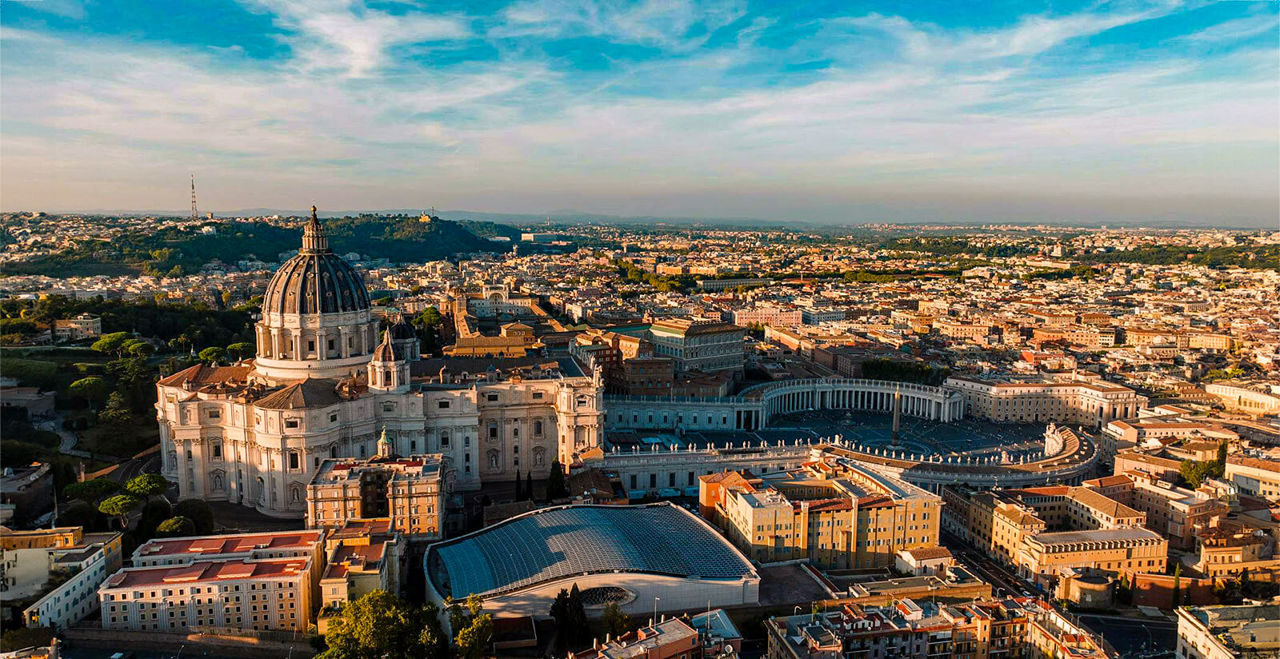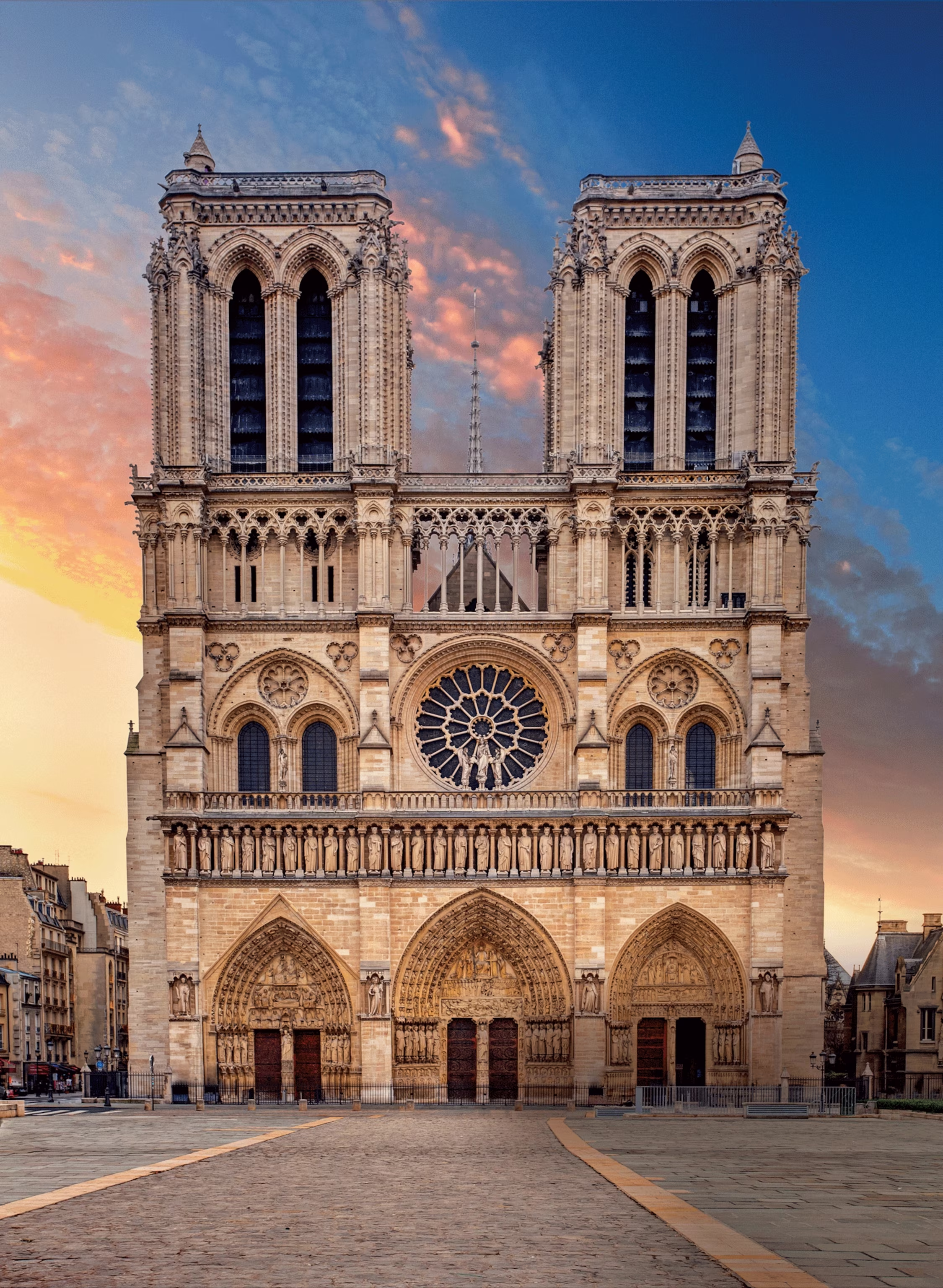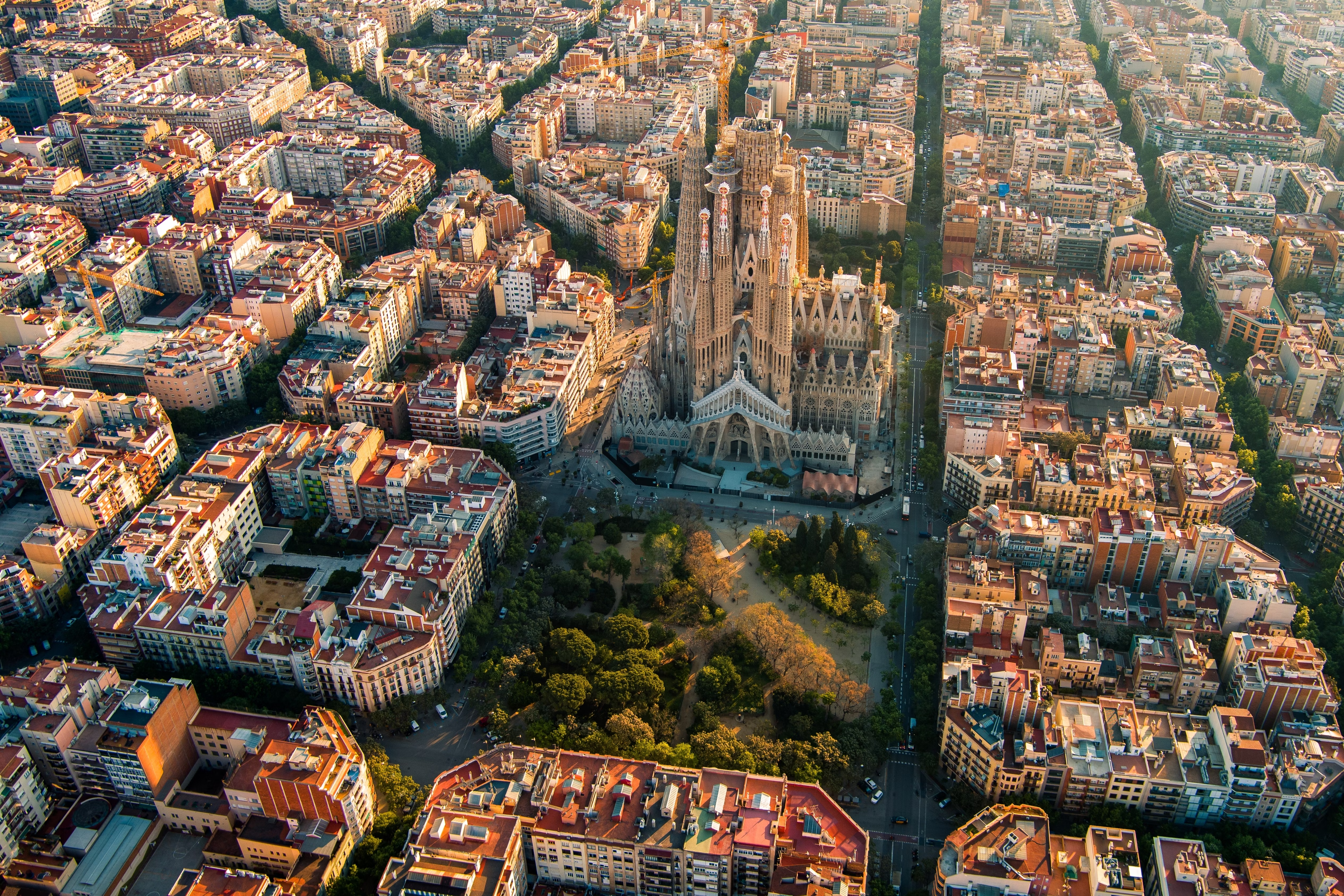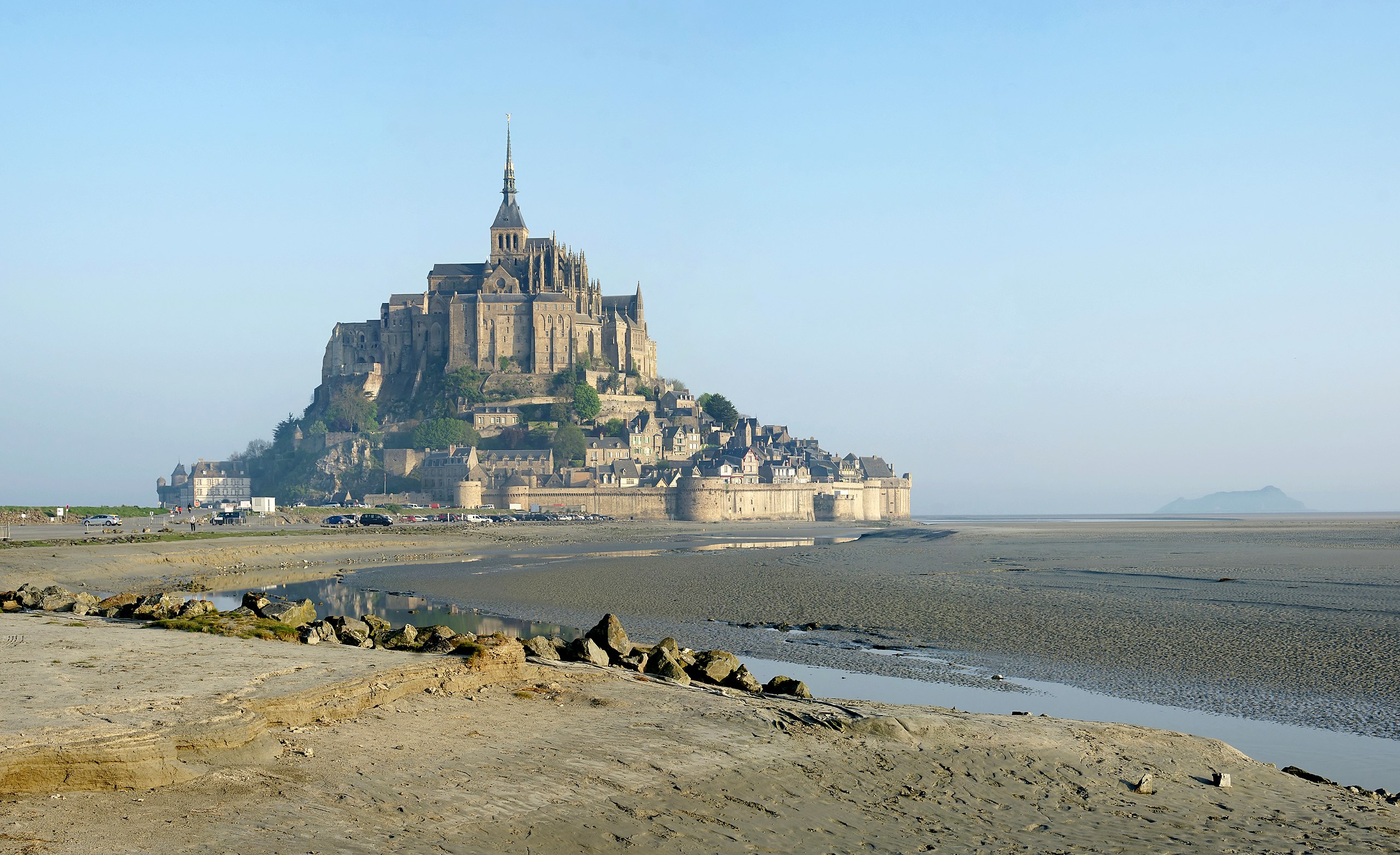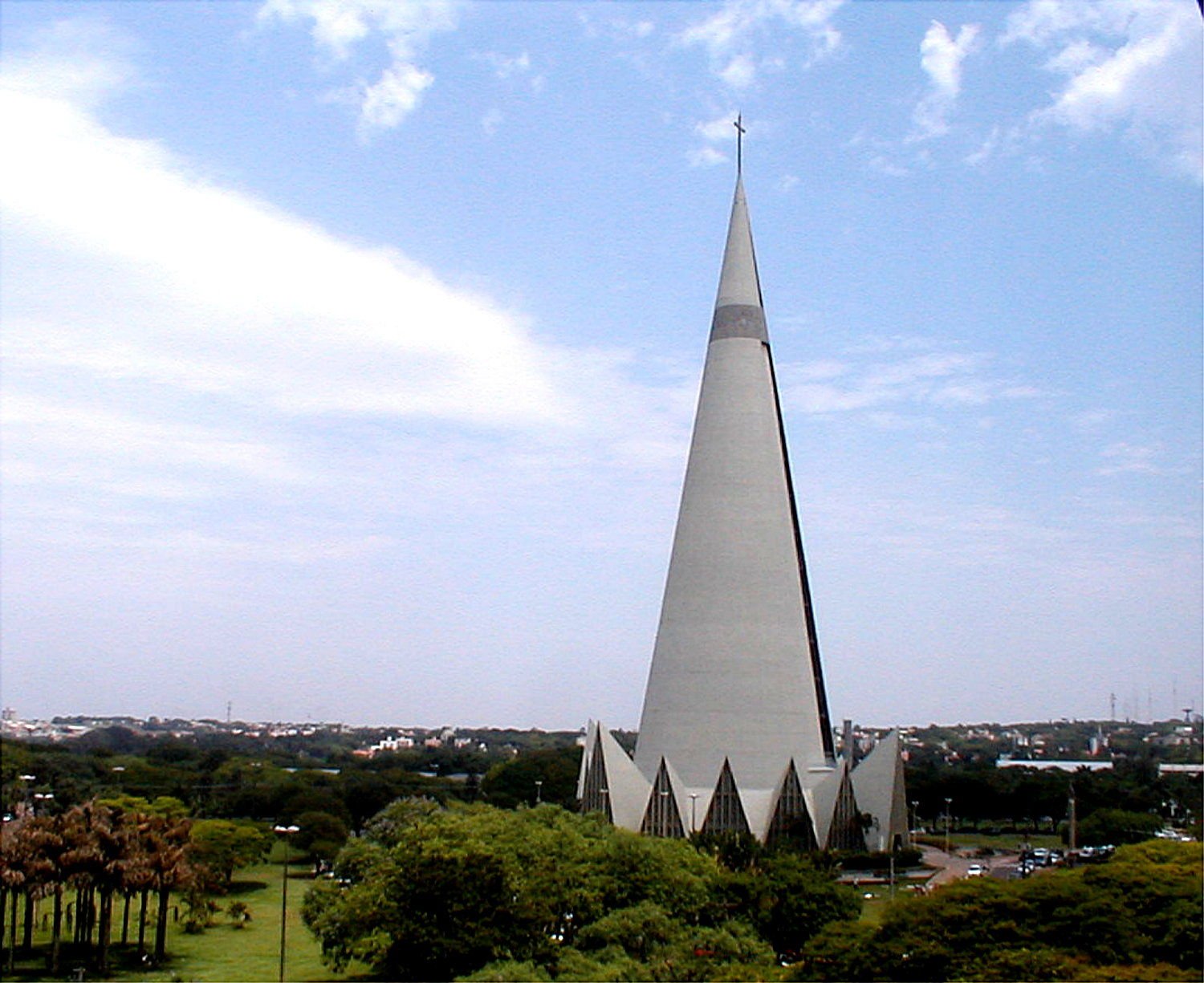
Cathedral of Maringá (Catedral Basílica Menor Nossa Senhora da Glória)
A tall, modernist conical Roman Catholic cathedral inspired by Soviet Sputnik satellites, designed by José Augusto Bellucci. It is the tallest church in South America.
Historical Context
Cathedral of Maringá (Catedral Basílica Menor Nossa Senhora da Glória) was constructed during the modern period, specifically between 1959-1972. This era was characterized by significant developments in architectural techniques and religious expression.
The construction was commissioned by the local bishop and diocese and took place during a time of industrialization and new construction technologies. The building has survived through centuries of history, witnessing wars, political changes, and cultural transformations.
Over the centuries, Cathedral of Maringá (Catedral Basílica Menor Nossa Senhora da Glória) has undergone several renovations and restorations, each adding to its historical significance while preserving its original character and purpose.
